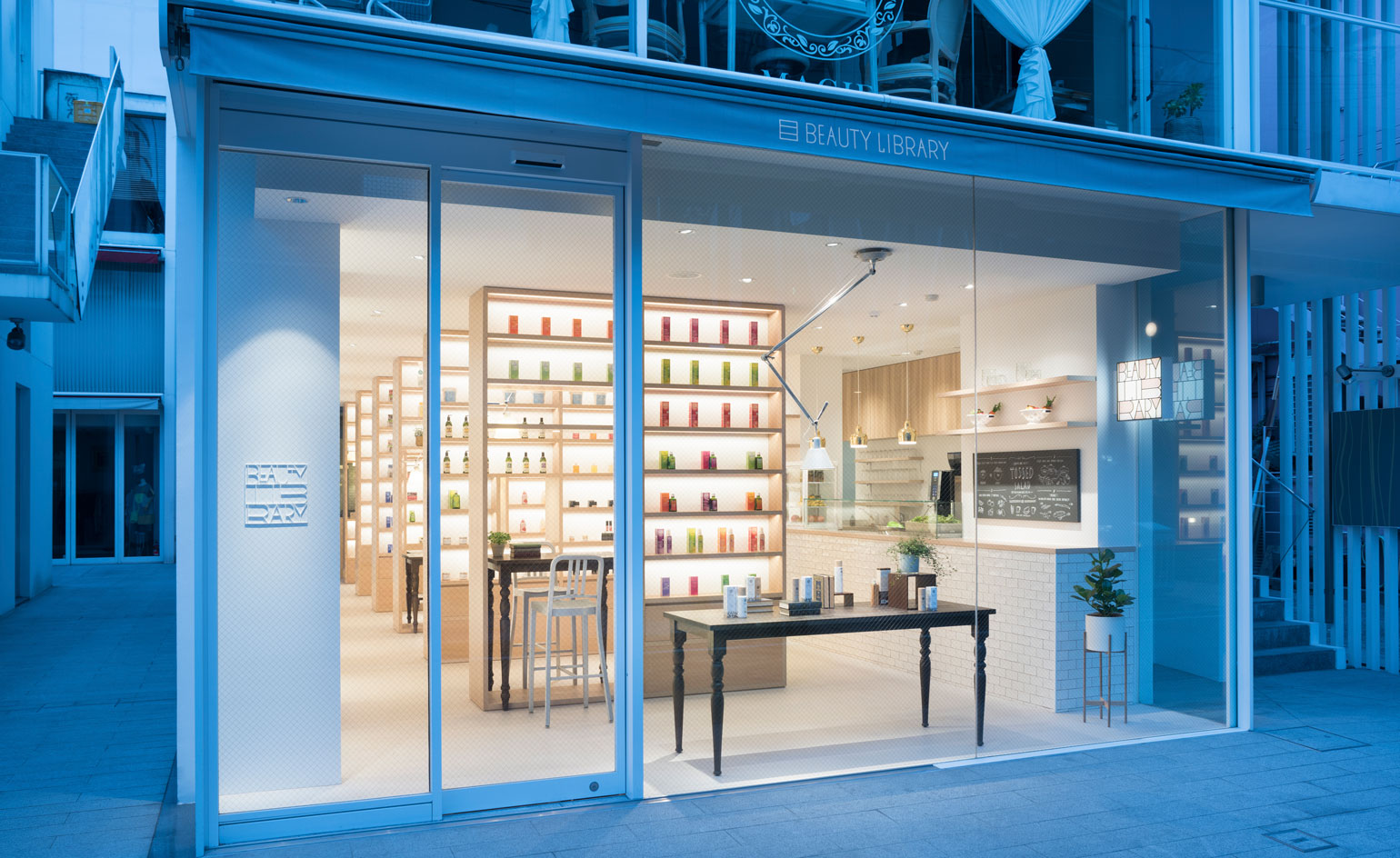’Nailed’, a new book by Dzine
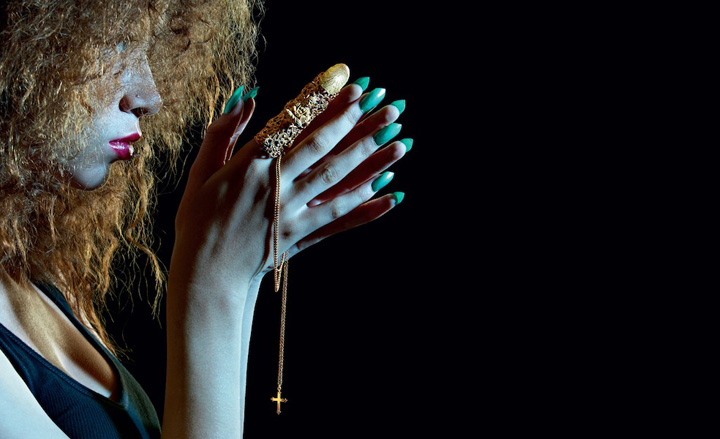
When Carlos Rolon was growing up in West Chicago in the 1970s, his mother had the entrepreneurial savvy to set up a bootleg beauty salon in the family's TV room. Needless to say, the nail business boomed on their plush leather arm chairs and the young Rolon, now a contemporary artist working under the name Dzine, was a very willing voyeur. With those fond, crystal clear memories dancing in his head, Dzine (pronounced 'design', naturally) has spent the last several years documenting nail trends wherever he travels, from Europe and the Caribbean to Singapore and the US.
The fruits of his fascination have now found their way into his new book, 'Nailed', a photographic history of nail art that starts with the ancient Egyptians and ends up with the rhinestone-clawed Puerto Ricans in Miami beach. 'I couldn't believe that there wasn't any book that dealt with finger nails as an art form,' Dzine said at Miami's Standard Hotel where, during Art Basel Miami Beach, he re-created his parent's living room, complete with shaggy carpet, dusty wallpaper and two ton TV. Manicures were given out for free to celebrate his new book, but the pop up was mostly just to honour his mom, the best muse an artist could have asked for.
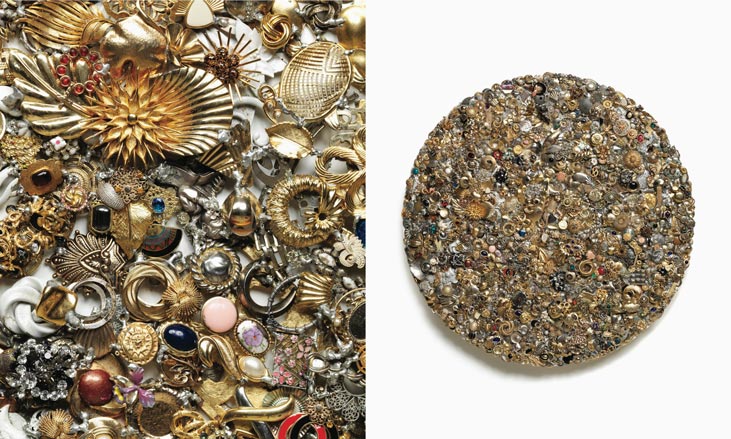
A spread from the book
Photographs by Kai Regan
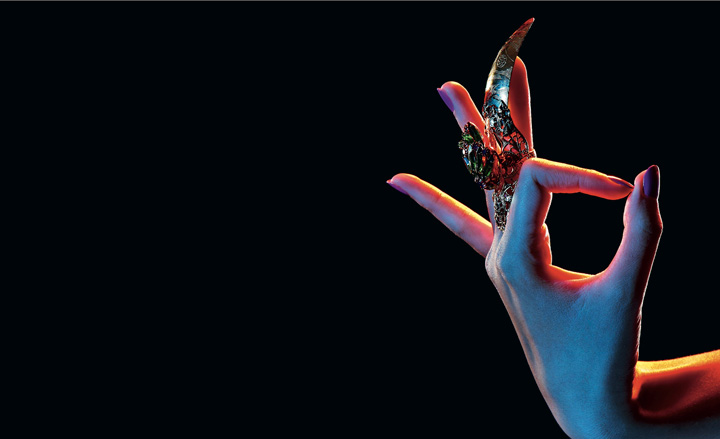
The photographic history of nail art starts with the ancient Egyptians and ends up with the rhinestone clawed Puerto Ricans in Miami beach
Photograph by Kai Regan
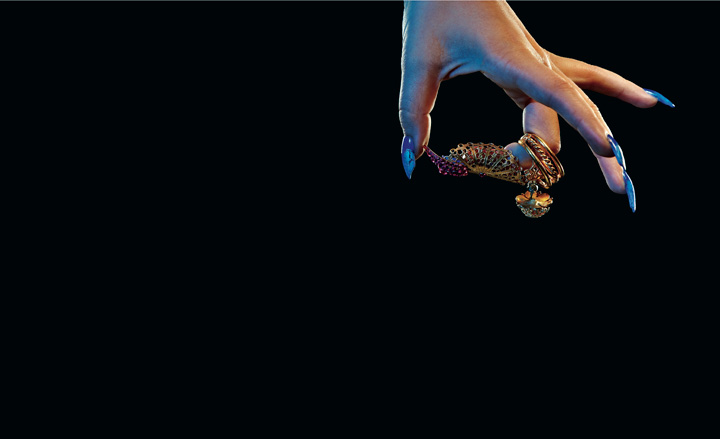
The book is published by Standard Press and Damiani Editore
Photograph by Kai Regan
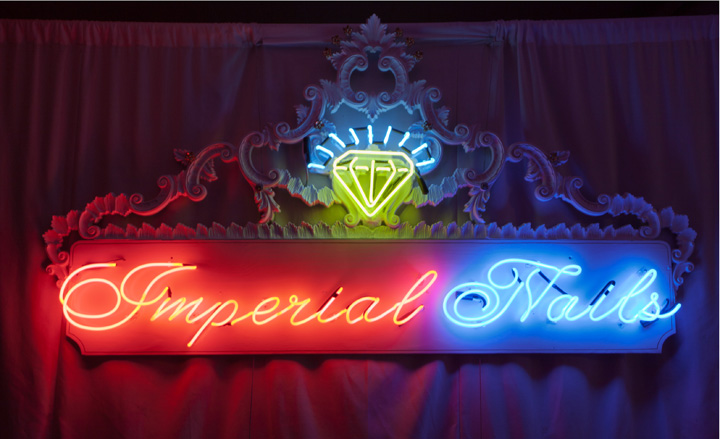
’I couldn’t believe that there wasn’t any book that dealt with finger nails as an art form,’ Dzine said at Miami’s Standard Hotel where, during Art Basel Miami Beach, he opened ’Imperial Nails’, a re-creation of the salon in his parent’s living room...
Photograph by Chris Mosier
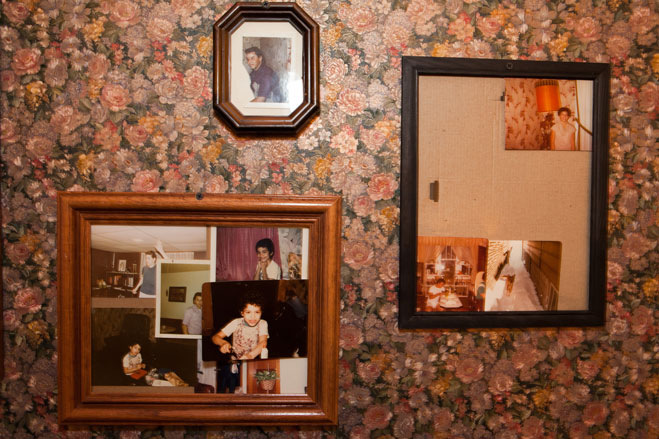
... complete with dusty wallpaper, shaggy carpets and a two ton TV
Photograph by Chris Mosier
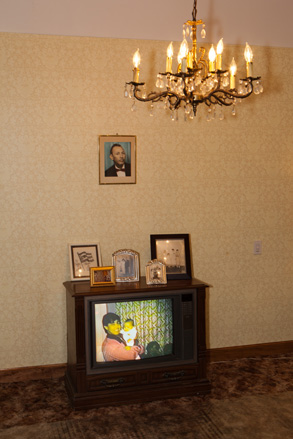
Manicures were given out for free to celebrate his new book, but the pop up was mostly just to honour his mom, the best muse an artist could have asked for
Photograph by Chris Mosier
Receive our daily digest of inspiration, escapism and design stories from around the world direct to your inbox.
JJ Martin
-
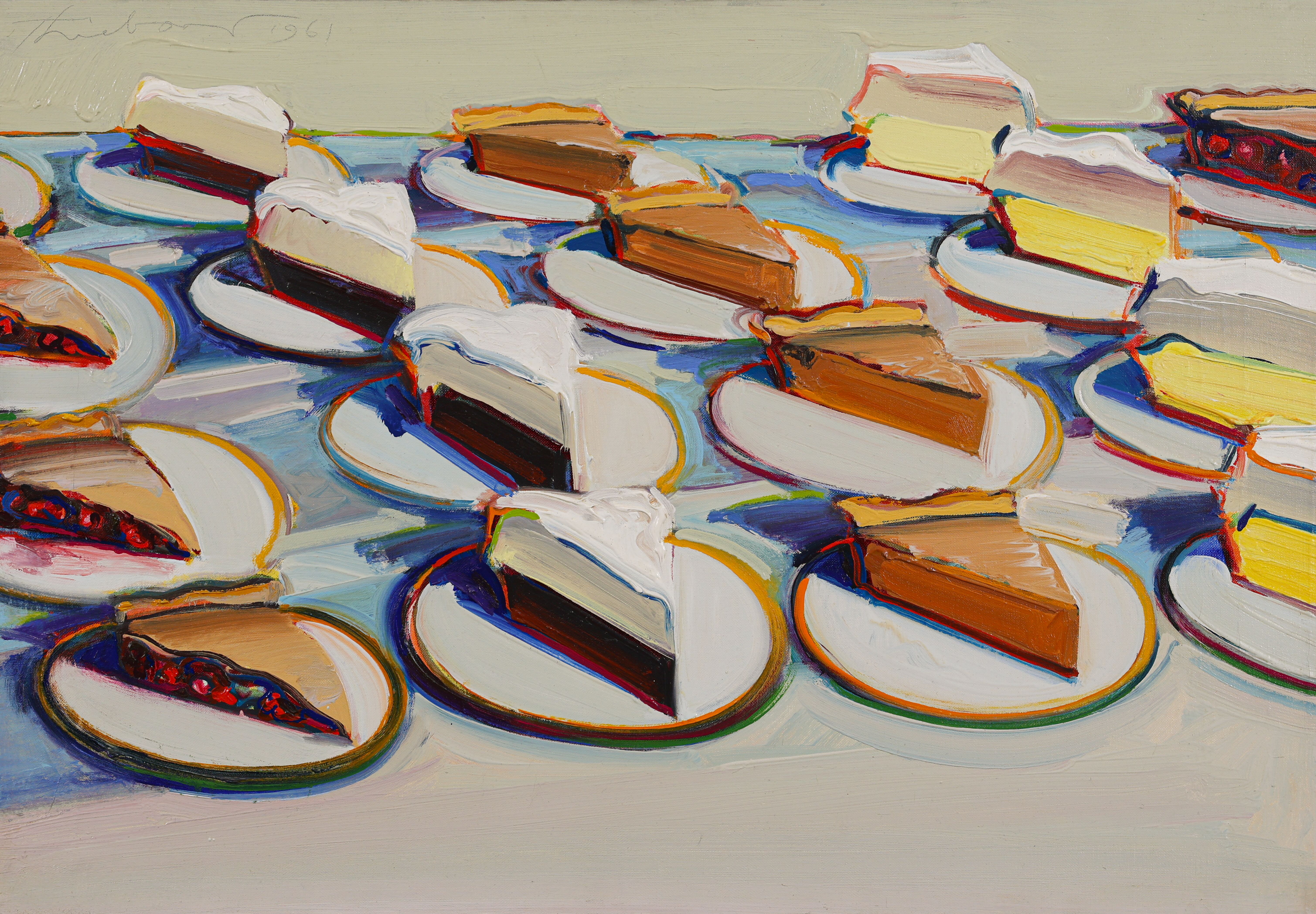 Why are Wayne Thiebaud’s paintings at the Courtauld quite so tempting?
Why are Wayne Thiebaud’s paintings at the Courtauld quite so tempting?The American artist’s thickly painted slices of cake at the Courtauld are some of our favourite artworks seen this year. What makes them so special?
-
 Taiwan’s new ‘museumbrary’ is a paradigm-shifting, cube-shaped cultural hub
Taiwan’s new ‘museumbrary’ is a paradigm-shifting, cube-shaped cultural hubPart museum, part library, the SANAA-designed Taichung Green Museumbrary contains a world of sweeping curves and flowing possibilities, immersed in a natural setting
-
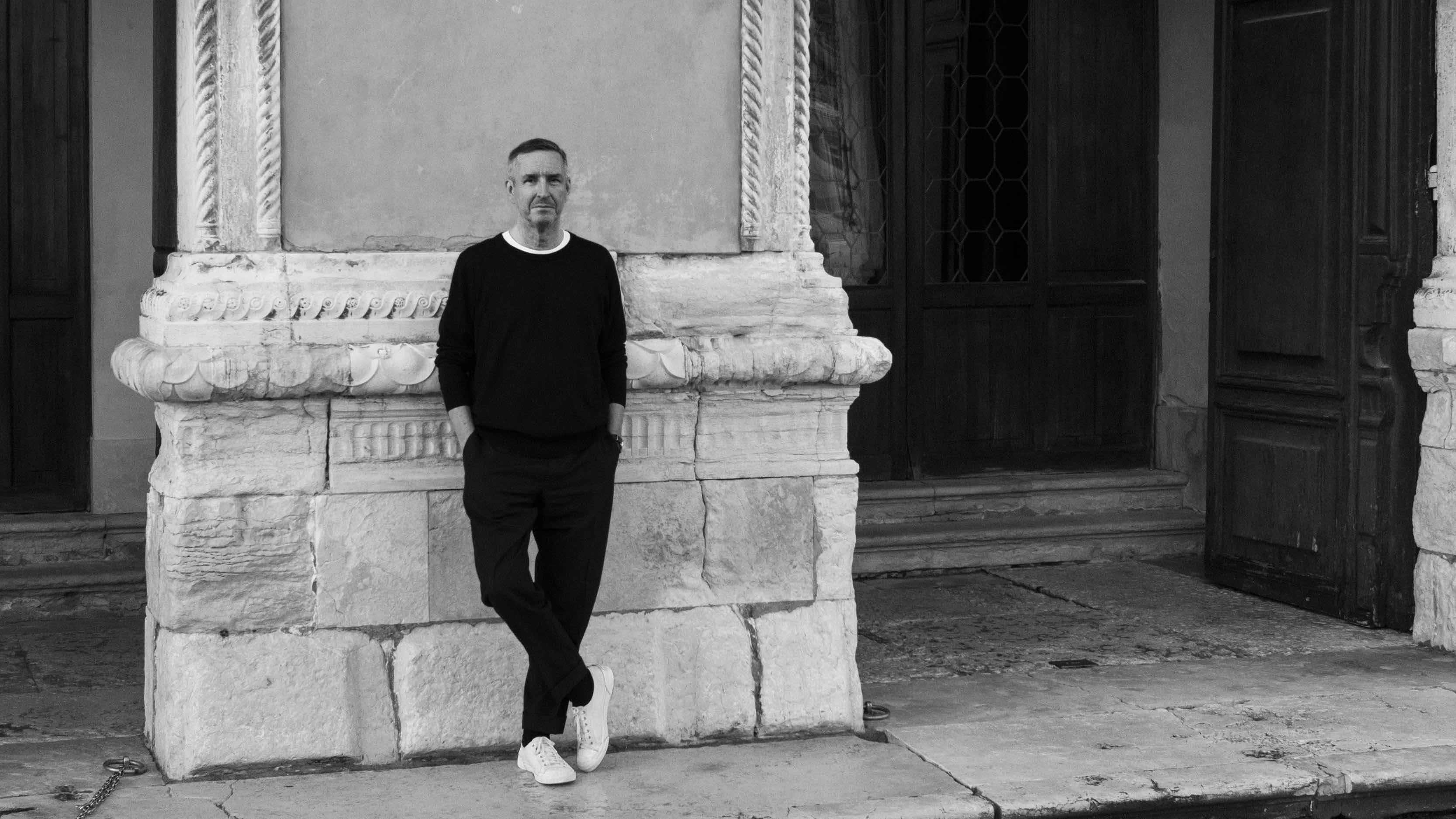 Dries van Noten on why he's building a new home for craft in Venice
Dries van Noten on why he's building a new home for craft in VeniceA year after departing the runway, Dries van Noten unveils his next chapter: the Fondazione Dries Van Noten, a newly announced cultural initiative in Venice celebrating craft in all its forms. Wallpaper* meets the designer to find out why he’s not ready to retire.
